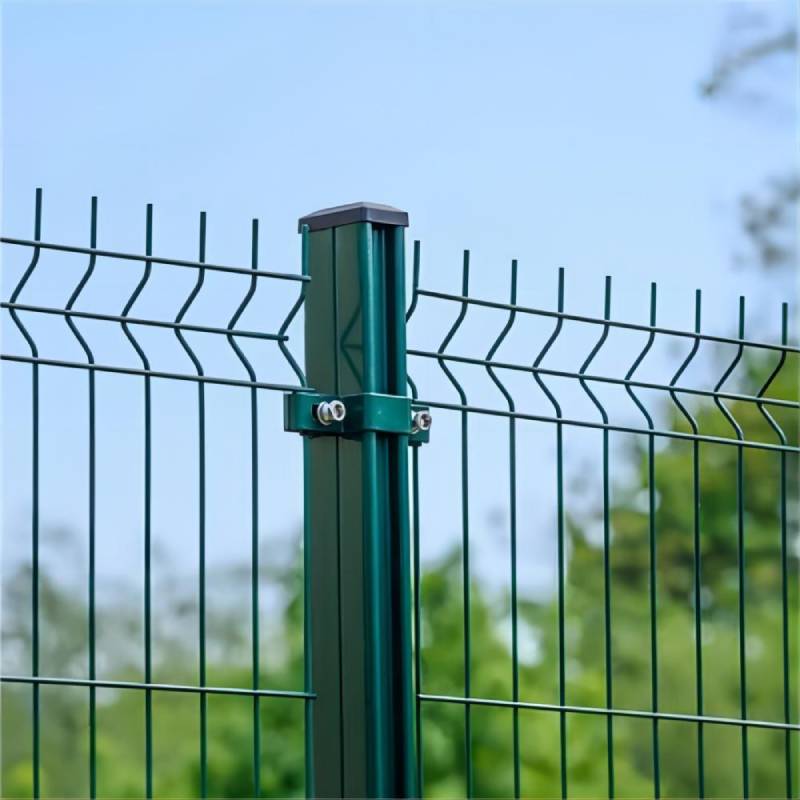types of roofing nails
Types of Roofing Nails A Comprehensive Overview
Roofing nails play a crucial role in the construction of various types of roofs, ensuring materials are securely anchored and providing structural integrity to the overall framework. With several different types of roofing nails available, understanding their unique features and applications is essential for choosing the right one for your roofing project.
1. Galvanized Roofing Nails
One of the most common types of roofing nails is the galvanized roofing nail. These nails are coated with zinc to prevent rust and corrosion, making them ideal for outdoor use where exposure to moisture is a concern. Galvanized nails are typically available in various lengths and are suited for asphalt shingles, metal roofing, and other surfacing materials. Their corrosion resistance extends the lifespan of the roofs they secure, providing peace of mind for homeowners and builders alike.
2. Stainless Steel Roofing Nails
For those seeking the ultimate in durability and resistance to corrosion, stainless steel roofing nails are an excellent choice. Although they are more expensive than their galvanized counterparts, their long-term performance justifies the cost, especially in coastal areas where saltwater can be a significant factor. Stainless steel nails are particularly well-suited for high-end roofing materials, such as slate and tile, and are favored for projects where aesthetics and longevity are paramount.
3. Aluminum Roofing Nails
types of roofing nails

Aluminum roofing nails are lightweight and resistant to corrosion, making them a popular option for roofing projects. Their non-corrosive nature makes them suitable for use with metal roofing and materials that can react with other types of nails. Additionally, aluminum nails are often used in environmentally friendly building projects due to their recyclability. While they may not offer the same strength as steel nails, they are effective in specific applications where weight and rust resistance are priorities.
4. Spiral Roofing Nails
Spiral roofing nails, known for their unique twisted shank design, provide superior holding power compared to traditional smooth shank nails. The spiral threads allow for a greater surface area to grip the materials being secured, reducing the likelihood of the nails pulling out over time. These nails are highly effective in windy environments and are commonly used in regions prone to storms and hurricanes. Contractors often prefer spiral roofing nails for enhanced durability in high-stress applications.
5. Plastic Cap Roofing Nails
Plastic cap roofing nails come equipped with a wide plastic cap that helps to distribute the pressure from the nail over a larger area. This reduces the risk of tearing or damaging thinner roofing materials like felt or synthetic underlayment. Frequently used in the installation of roofing underlayment, these nails are especially beneficial in areas with varying temperatures, as the cap can provide additional protection against leaks and moisture intrusion.
Conclusion
Selecting the right type of roofing nail is critical to ensuring the success of any roofing project. Each type of nail serves a specific purpose and is designed to address unique challenges. By understanding the characteristics of galvanized, stainless steel, aluminum, spiral, and plastic cap roofing nails, builders can make informed decisions that enhance the performance and durability of their roofing systems. Proper installation of the chosen nails is equally essential, as even the best materials cannot compensate for poor workmanship. Ultimately, investing time in choosing the right roofing nails can lead to longer-lasting roofs and greater homeowner satisfaction.
-
Space-Saving Chain Fence Hacks Vertical Gardening with Cyclone MeshNewsJul.16,2025
-
Innovations in Iron Nail Wire Production for Modern ConstructionNewsJul.16,2025
-
Creative Uses of Wire Netting Fence in Modern Landscape DesignNewsJul.16,2025
-
Barbed Wire Fence Innovations in Anti-Climb TechnologyNewsJul.16,2025
-
Architectural Uses of Umbrella Nails for Aesthetic Roof DesignsNewsJul.16,2025
-
Architectural Uses of Razor Barbed Wire in Secure Urban DesignNewsJul.16,2025




